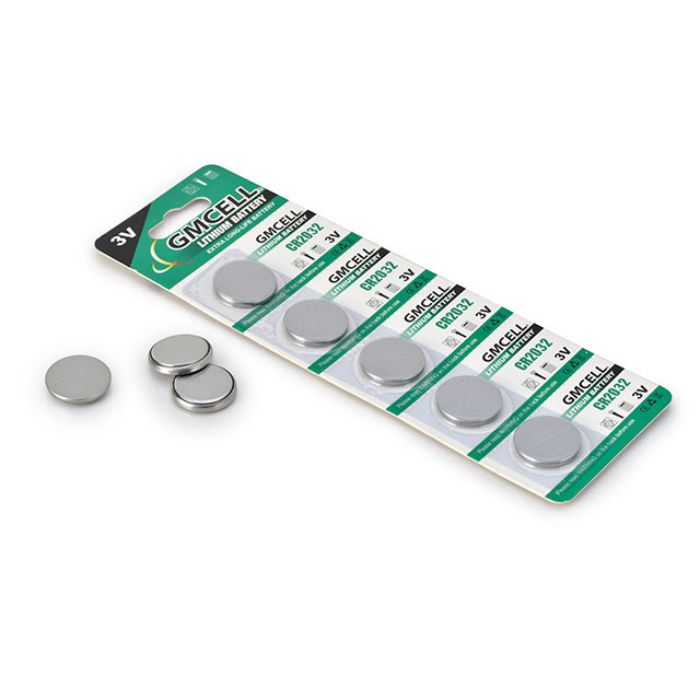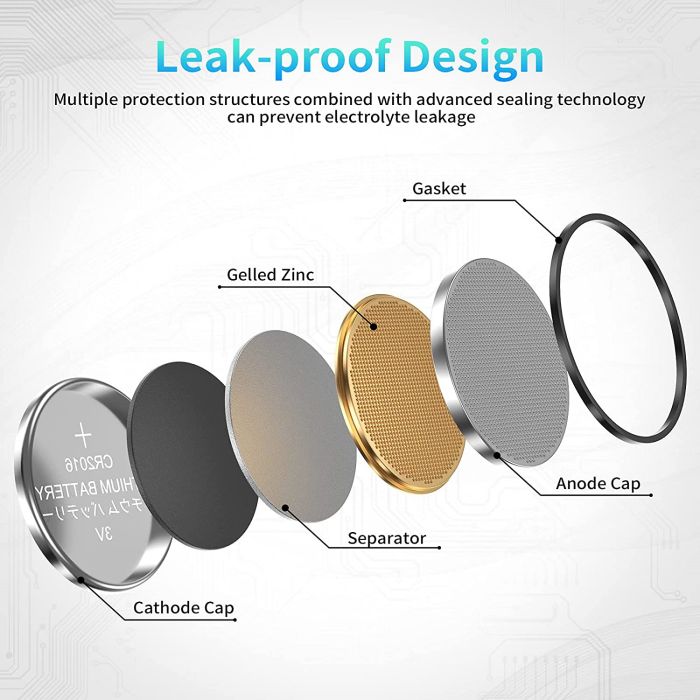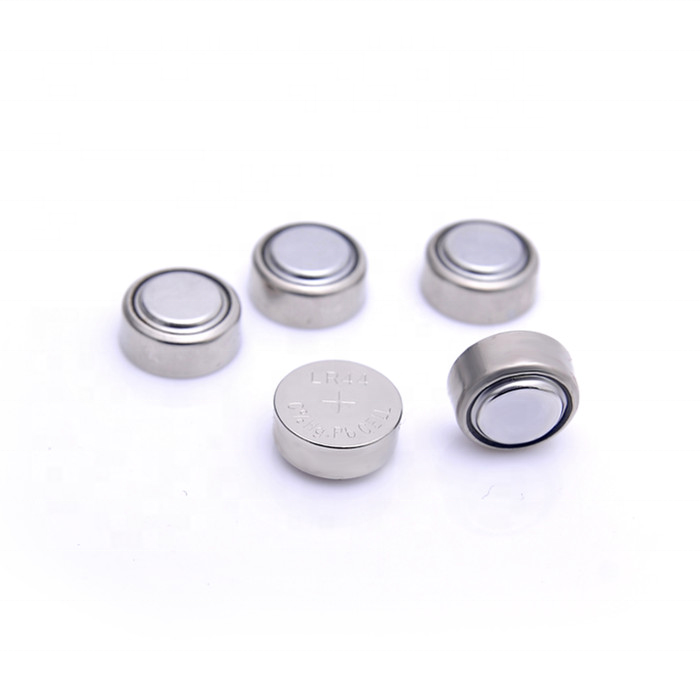
Introduction
In the intricate world of microelectronics and portable devices, button cell batteries have become indispensable due to their unique design and functionality. These compact powerhouses, often overlooked due to their minuscule size, play a pivotal role in ensuring the seamless operation of a myriad of devices. This article aims to elucidate the advantages of button cell batteries and delve into their extensive range of applications, underlining their significance in contemporary technology.

Advantages of Button Cell Batteries
1. Compact Size and Shape Versatility:** One of the most prominent features of button cell batteries is their diminutive size and shape versatility. Designed to fit into extremely tight spaces, they enable the miniaturization of electronic devices without compromising on power requirements. The variety of sizes and form factors, identified by codes such as LR44, CR2032, and SR626SW, caters to a broad spectrum of device designs.
2. Long Shelf Life and Service Duration:** Many button cell batteries, especially those utilizing lithium chemistry (e.g., CR series), boast an impressive shelf life that can extend up to ten years. This longevity, coupled with a relatively long service duration once in use, reduces replacement frequency and maintenance costs, making them ideal for low-power, long-term applications.
3. Stable Voltage Output:** Button cells, particularly silver oxide (SR) and lithium types, offer stable voltage outputs throughout their life cycle. This consistency is crucial for devices requiring a steady power supply to maintain accuracy and performance, such as watches, medical devices, and precision electronics.
4. Leak Resistance and Safety:** Modern button cell batteries are designed with advanced sealing technologies that minimize the risk of leakage, protecting sensitive electronics from damage. Furthermore, the use of non-toxic or minimally toxic materials in some chemistries enhances safety, reducing environmental hazards during disposal.
5. Low Self-Discharge Rates:** Certain types of button cell batteries, especially lithium-ion chemistries, exhibit low self-discharge rates, allowing them to retain their charge even when not in use for extended periods. This characteristic is beneficial for applications where immediate functionality upon activation is essential, such as emergency devices or infrequently used equipment.

Applications of Button Cell Batteries
1. Watches and Timepieces:** Perhaps the most recognizable application, button cell batteries power a wide array of watches, from simple analog timepieces to sophisticated smartwatches. Their small size and consistent power output ensure accurate timekeeping and extended operational life.
2. Hearing Aids:** In the healthcare sector, button cells are crucial for powering hearing aids, providing reliable and long-lasting energy to these essential assistive devices. Their compactness enables discreet designs without sacrificing performance.
3. Medical Devices and Health Monitors:** From glucose monitors to heart rate sensors, button cell batteries are integral to numerous portable medical devices, ensuring patients receive continuous monitoring and care with minimal intervention.
4. RFID Tags and Smart Cards:** In the realm of IoT and access control, button cell batteries power Radio Frequency Identification (RFID) tags and smart cards, facilitating seamless identification, tracking, and security functions.
5. Electronic Toys and Games:** From handheld gaming consoles to talking toys, button cell batteries bring playtime to life, offering a compact yet powerful energy source for interactive entertainment.
6. Portable Electronics and Remote Controls:** In remote controls for TVs, cameras, and other home appliances, button cell batteries offer a lightweight and convenient power solution, extending the operational life of these everyday devices.
7. Memory Backup:** In various electronic devices, including computers and industrial control systems, button cell batteries provide a crucial function as a memory backup, safeguarding important data and settings during power interruptions.

Conclusion
Button cell batteries, despite their modest appearance, are indispensable components in a wide array of technological applications. Their compact design, combined with attributes such as long shelf life, stable voltage output, and enhanced safety features, make them a preferred choice across industries. As technology advances and the demand for smaller, more efficient devices grows, the role of button cell batteries in powering our interconnected world becomes increasingly significant. Through continuous innovation, these miniature power sources will continue to facilitate the miniaturization and optimization of electronics, contributing to a more connected, efficient, and mobile future.
 AAA Batteries
AAA Batteries AAA 600mAh
AAA 600mAh USB Rechargeable Batteries
USB Rechargeable Batteries
 USB Battery
USB Battery AAA Batteries
AAA Batteries AAA R03 Batteries
AAA R03 Batteries CR2032
CR2032 AAA 600mAh
AAA 600mAh USB Rechargeable Batteries
USB Rechargeable Batteries


